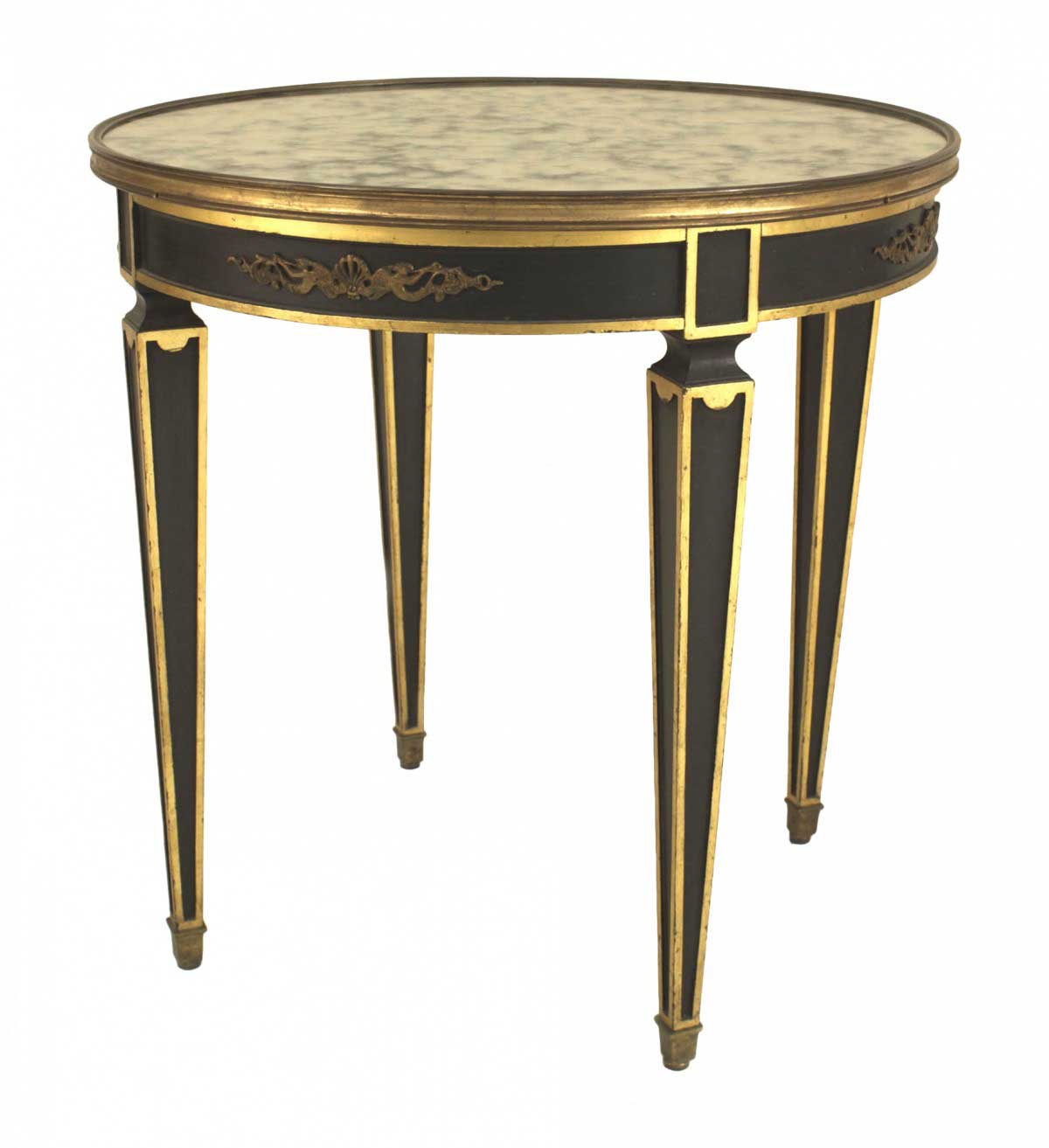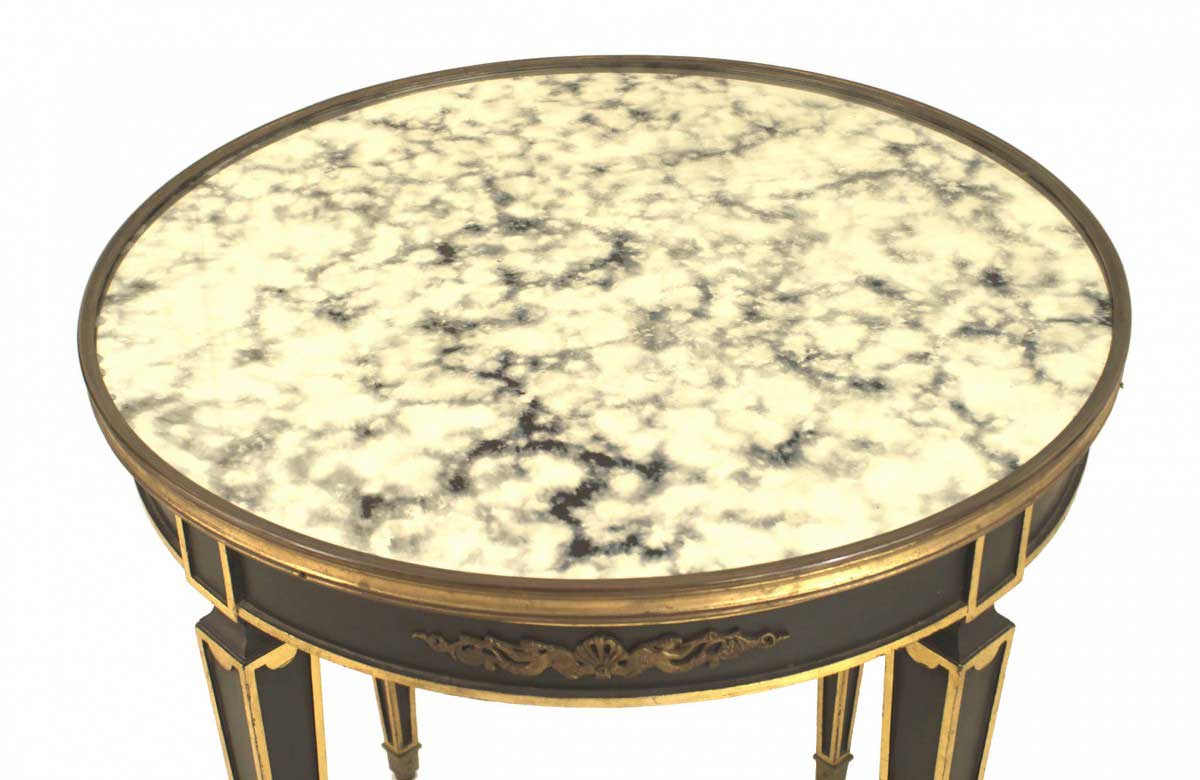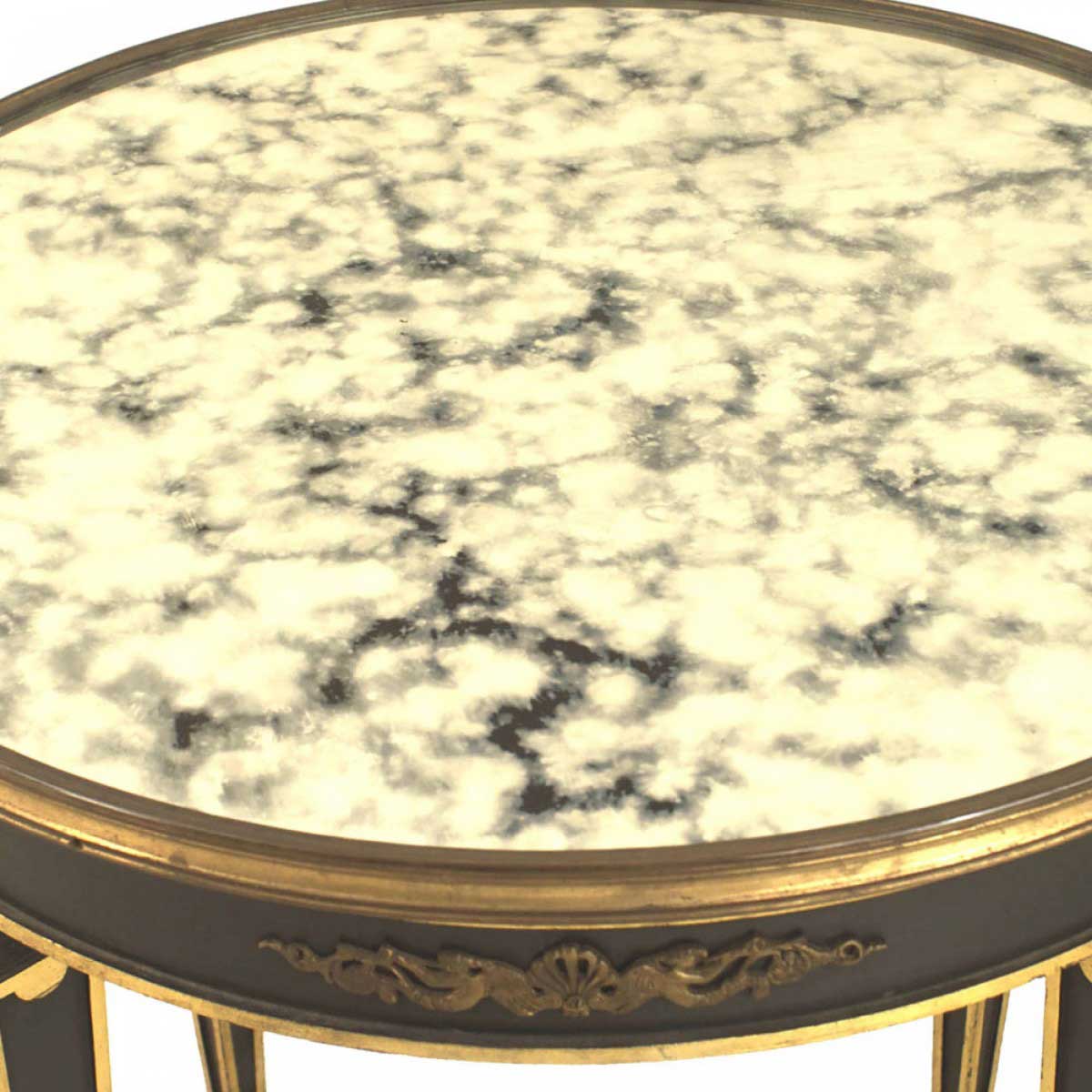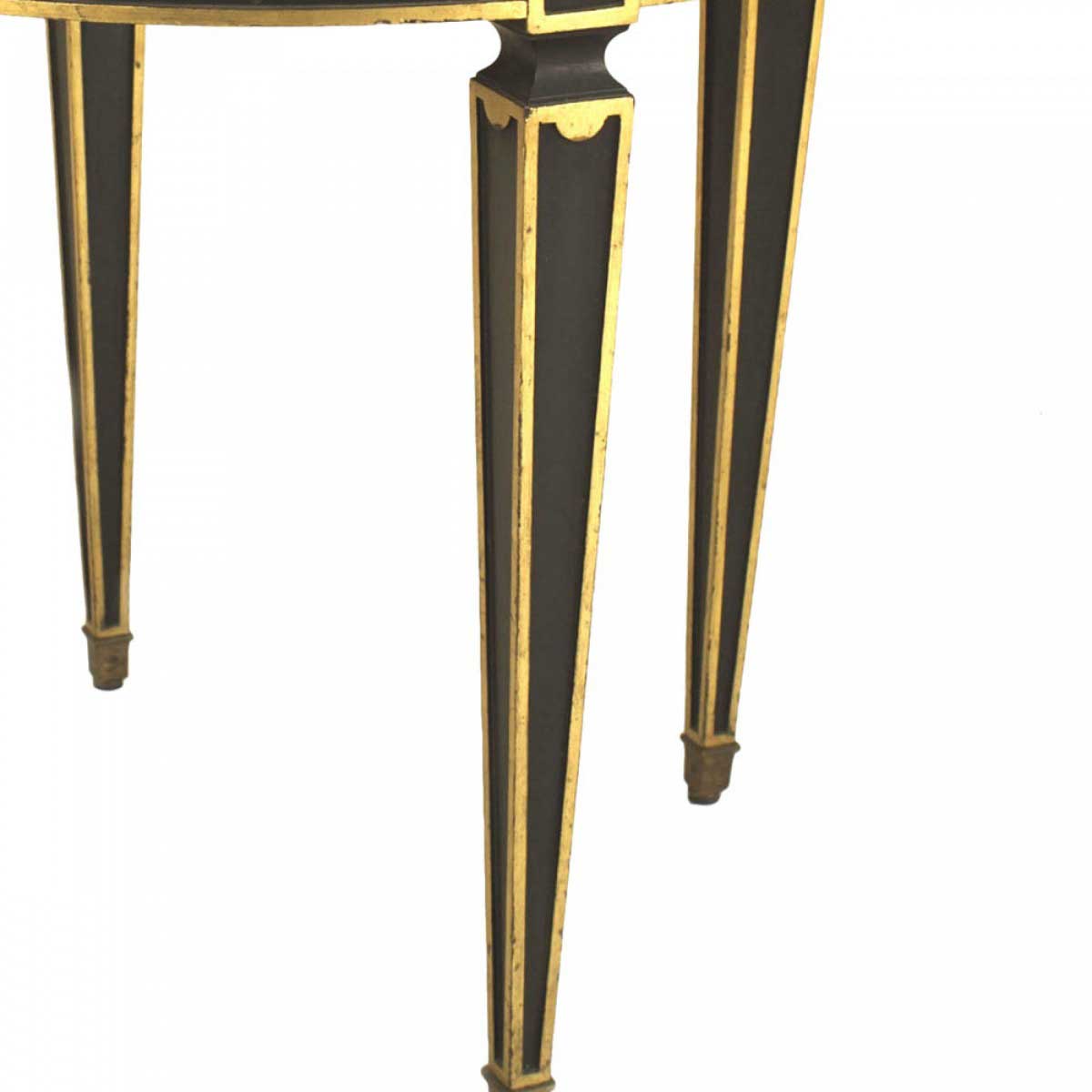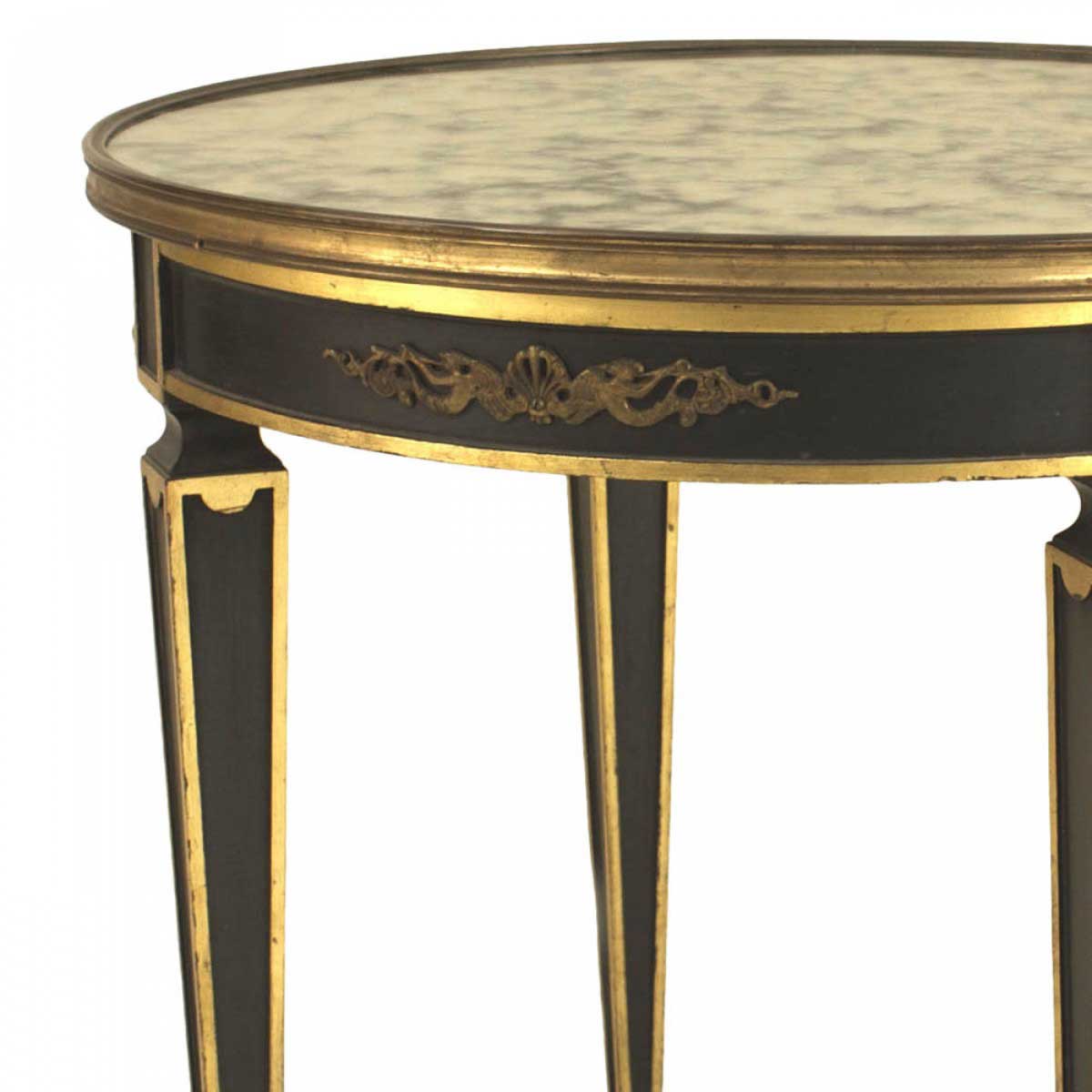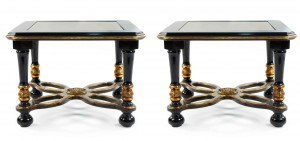X
{{ modalTitle }}
PLEASE FILL IN THE REQUIRED FIELDS.X
X
{{ modalTitle }}
Choose one of the options below.X
ITEM SUCCESSFULLY
ADDED TO PROJECT
French Empire Style Ebonized and Gilt End Table
 Mid-Century
Mid-Century French
French Tables
Tables End Tables/Bedside Tables
End Tables/Bedside Tables
Newel Gallery
306 East 61st Street, 3rd Floor
NY - 10065
 (212) 758-1970
(212) 758-1970
French Empire Style Ebonized and Gilt End Table

Newel Gallery
306 East 61st Street, 3rd Floor
NY - 10065
 (212) 758-1970
(212) 758-1970
 Tables
Tables End Tables/Bedside Tables
End Tables/Bedside Tables
About Maison Jansen
Maison Jansen was a prominent French interior design firm that operated from 1880 to 1989. Founded by Jean-Henri Jansen, the company quickly gained recognition for its luxurious and avant-garde designs, becoming one of the most influential interior design firms of the 20th century.
Jean-Henri Jansen, born in 1854 in The Hague, Netherlands, initially pursued a career in law. However, read more..
Apron
A structural support placed at right angles to the underside of a shelf, chair seat, or table top to provide additional weight bearing strength and often decorative flourishes.
Empire
A period of design during the reign of Napoleon I. It was most prevalent between 1800 and the late 1820s. It was considered the second wave of neoclassicism and marked a return to ostentatious design, a departure from the more conservative Directoire period that directly preceded it. It was intended to idealize the majesty of the French state and Napoleonic rule. Mahogany was the most popular wood during the period, and brass ornamentation and dark marbles were in vogue. Greek, Roman, and Egyptian motifs were also widely used. The style spread throughout Europe and appeared in America in some of Duncan Phyfe's work.
Apron
A structural support placed at right angles to the underside of a shelf, chair seat, or table top to provide additional weight bearing strength and often decorative flourishes.
Empire
A period of design during the reign of Napoleon I. It was most prevalent between 1800 and the late 1820s. It was considered the second wave of neoclassicism and marked a return to ostentatious design, a departure from the more conservative Directoire period that directly preceded it. It was intended to idealize the majesty of the French state and Napoleonic rule. Mahogany was the most popular wood during the period, and brass ornamentation and dark marbles were in vogue. Greek, Roman, and Egyptian motifs were also widely used. The style spread throughout Europe and appeared in America in some of Duncan Phyfe's work.
Apron
A structural support placed at right angles to the underside of a shelf, chair seat, or table top to provide additional weight bearing strength and often decorative flourishes.
Empire
A period of design during the reign of Napoleon I. It was most prevalent between 1800 and the late 1820s. It was considered the second wave of neoclassicism and marked a return to ostentatious design, a departure from the more conservative Directoire period that directly preceded it. It was intended to idealize the majesty of the French state and Napoleonic rule. Mahogany was the most popular wood during the period, and brass ornamentation and dark marbles were in vogue. Greek, Roman, and Egyptian motifs were also widely used. The style spread throughout Europe and appeared in America in some of Duncan Phyfe's work.



